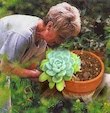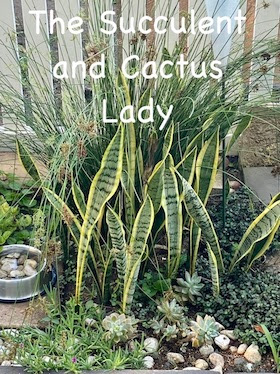About me

🌿 I've been gardening ever since a child, when I spent time with my father in his vegetable garden. But my fascination with Echeverias started in the 1980's, when my father gave me a pot with five Echeverias, which turned out to be E. imbricata. At first I wasn't much interested in them and planted them in some obscure corner of the garden and completely forgot about them. How great was my surprise when, a couple of months later, I noticed that they had spread and made a beautiful display - I was hooked!
Pages
Tuesday 17 June 2014
Aloe ferox splendour
My aloes (this is Aloe ferox, also known as Bitter aloe) have started flowering and I'm beside myself with joy! Two seasons ago I had no flowers, an early frost annihilated the lot just as the buds started. I actually know what the problem is - since I planted them 7 years ago, the trees surrounding them have grown huge, resulting in a lot of shade. So I have two options - cut down the trees (no ways!) or move the aloes to full sun, which is going to be a huge task. As you can see from the photo below, taken this past summer, they are very big and I'm not looking forward to this mammoth task. Wouldn't it be easier to lose them (sob, sob!) and just plant new ones in a sunny spot...?
This hardy plant is indigenous to South Africa, and with its succulent leaves can survive the harshest conditions. When damaged by man or animal, the plant seals off any wound with a sticky, dark liquid that prevents infestation by virus, fungus or insect. This dark liquid has been successfully used by ancient inhabitants as a traditional remedy for many ailments.
.
Subscribe to:
Posts (Atom)



